Home »
Misc »
How long has basketball been around for
How long has basketball been around for
Where Basketball was Invented: The History of Basketball
Where Basketball Originated
It was the winter of 1891-1892. Inside a gymnasium at Springfield College (then known as the International YMCA Training School), located in Springfield, Mass., was a group of restless college students. The young men had to be there; they were required to participate in indoor activities to burn off the energy that had been building up since their football season ended. The gymnasium class offered them activities such as marching, calisthenics, and apparatus work, but these were pale substitutes for the more exciting games of football and lacrosse they played in warmer seasons.
James Naismith, The Person Who Invented Basketball
The instructor of this class was James Naismith, a 31-year-old graduate student. After graduating from Presbyterian College in Montreal with a theology degree, Naismith embraced his love of athletics and headed to Springfield to study physical education—at that time, a relatively new and unknown academic discipline—under Luther Halsey Gulick, superintendent of physical education at the College and today renowned as the father of physical education and recreation in the United States.![]()
As Naismith, a second-year graduate student who had been named to the teaching faculty, looked at his class, his mind flashed to the summer session of 1891, when Gulick introduced a new course in the psychology of play. In class discussions, Gulick had stressed the need for a new indoor game, one “that would be interesting, easy to learn, and easy to play in the winter and by artificial light.” No one in the class had followed up on Gulick’s challenge to invent such a game. But now, faced with the end of the fall sports season and students dreading the mandatory and dull required gymnasium work, Naismith had a new motivation.
Two instructors had already tried and failed to devise activities that would interest the young men. The faculty had met to discuss what was becoming a persistent problem with the class’s unbridled energy and disinterest in required work.
During the meeting, Naismith later wrote that he had expressed his opinion that “the trouble is not with the men, but with the system that we are using. ” He felt that the kind of work needed to motivate and inspire the young men he faced “should be of a recreative nature, something that would appeal to their play instincts.”
” He felt that the kind of work needed to motivate and inspire the young men he faced “should be of a recreative nature, something that would appeal to their play instincts.”
Before the end of the faculty meeting, Gulick placed the problem squarely in Naismith’s lap.
“Naismith,” he said. “I want you to take that class and see what you can do with it.”
So Naismith went to work. His charge was to create a game that was easy to assimilate, yet complex enough to be interesting. It had to be playable indoors or on any kind of ground, and by a large number of players all at once. It should provide plenty of exercise, yet without the roughness of football, soccer, or rugby since those would threaten bruises and broken bones if played in a confined space.
Much time and thought went into this new creation. It became an adaptation of many games of its time, including American rugby (passing), English rugby (the jump ball), lacrosse (use of a goal), soccer (the shape and size of the ball), and something called duck on a rock, a game Naismith had played with his childhood friends in Bennie’s Corners, Ontario.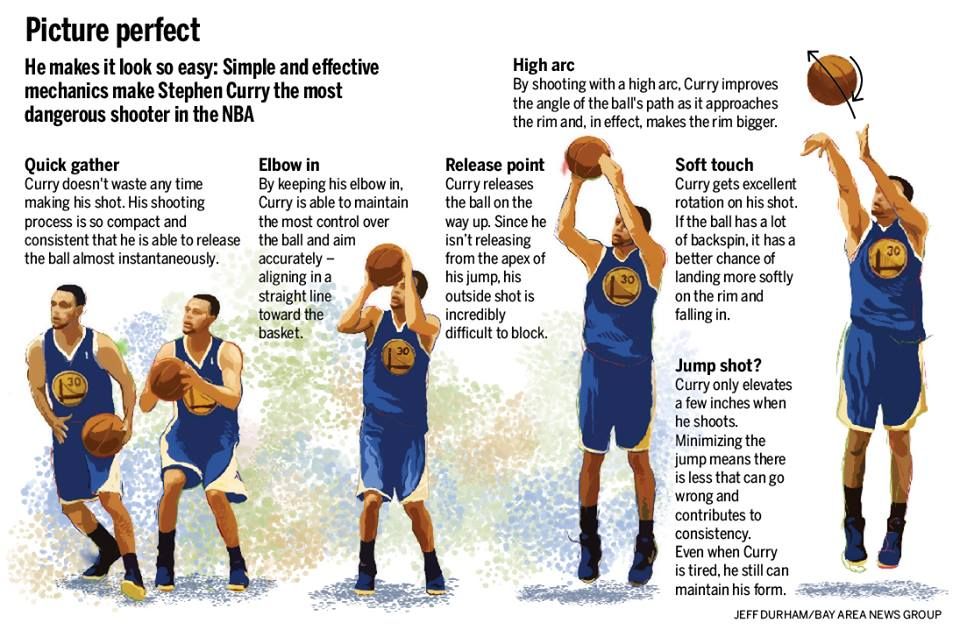 Duck on a rock used a ball and a goal that could not be rushed. The goal could not be slammed through, thus necessitating “a goal with a horizontal opening high enough so that the ball would have to be tossed into it, rather than being thrown.”
Duck on a rock used a ball and a goal that could not be rushed. The goal could not be slammed through, thus necessitating “a goal with a horizontal opening high enough so that the ball would have to be tossed into it, rather than being thrown.”
Naismith approached the school janitor, hoping he could find two, 18-inch square boxes to use as goals. The janitor came back with two peach baskets instead. Naismith then nailed them to the lower rail of the gymnasium balcony, one at each end. The height of that lower balcony rail happened to be ten feet. A man was stationed at each end of the balcony to pick the ball from the basket and put it back into play. It wasn’t until a few years later that the bottoms of those peach baskets were cut to let the ball fall loose.
Naismith then drew up the 13 original rules, which described, among other facets, the method of moving the ball and what constituted a foul. A referee was appointed. The game would be divided into two, 15-minute halves with a five-minute resting period in between.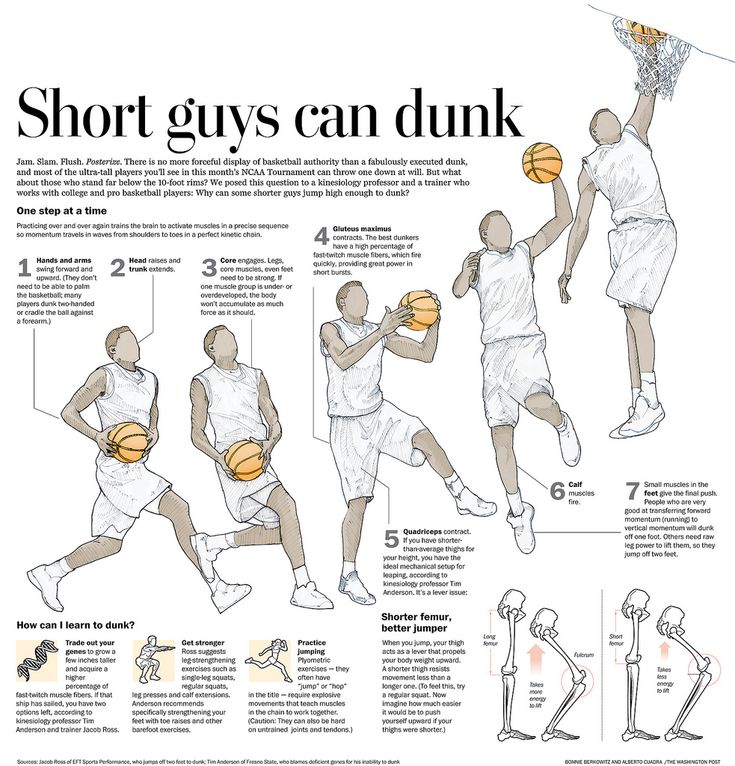 Naismith’s secretary typed up the rules and tacked them on the bulletin board. A short time later, the gym class met, and the teams were chosen with three centers, three forwards, and three guards per side. Two of the centers met at mid-court, Naismith tossed the ball, and the game of “basket ball” was born.
Naismith’s secretary typed up the rules and tacked them on the bulletin board. A short time later, the gym class met, and the teams were chosen with three centers, three forwards, and three guards per side. Two of the centers met at mid-court, Naismith tossed the ball, and the game of “basket ball” was born.
How Long Has Basketball Been Around? Did You Know – Basketball Word!
The game of basketball has been around for over 100 years, it was invented by a Canadian man by the name of James Naismith who was born in Ontario, Canada.
How long has basketball been around? Basketball has been around for over 128 years and was invented in 1891. Although the game of basketball we see today wasn’t what it was when it was first invented. Many forms and changes have been made to the game to establish what it has become in this day in age.
Basketball gained a lot of popularity, local teams, professional leagues, and national leagues all started to compete in their respective classes.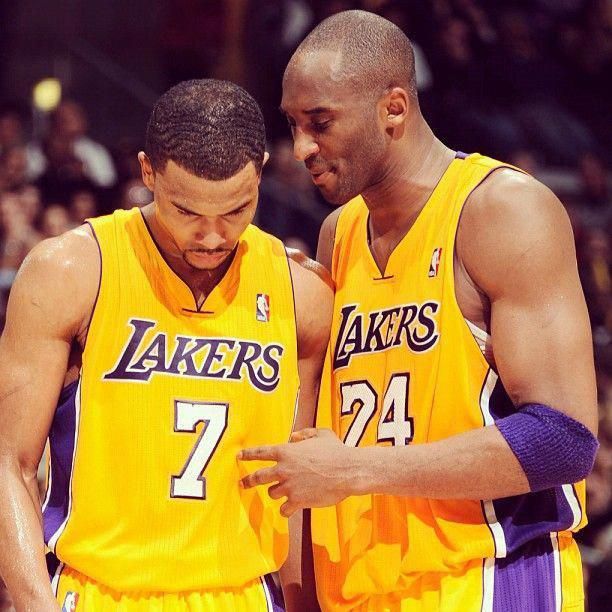 It all started with a basket and a ball.
It all started with a basket and a ball.
If you are interested in checking out the best basketball equipment and accessories then you can find them by Clicking Here! The link will take you to Amazon.com
James Naismith
The game of basketball when it was first invented by James Naismith who was a physical education teacher for the local YMCA. Naismith was directed by his superintendent to create a game to occupy the students in his class,
Naismith who felt pressured to keep his job thought it was a daunting task so he looked for inspiration from other games at the time such as rugby, soccer, and football to see if he can come up with some mockup of a game.
That game that he created was called basketball. The game was played a lot different back then with 18 players as that was how many students he had in his class. The players were split up into two teams, 9 vs 9 that used a soccer ball to shoot baskets with into a peach basket.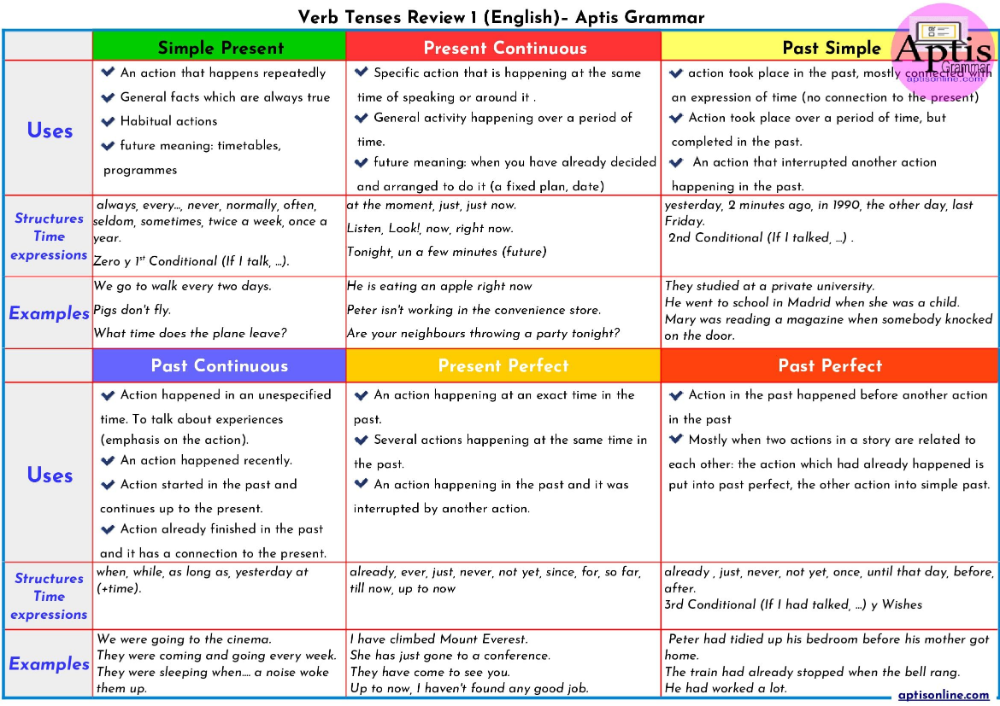 There was no dribbling or running with the ball and the courts were much smaller too.
There was no dribbling or running with the ball and the courts were much smaller too.
The game quickly gained popularity and rules needed to be in place on the YMCA door to the Gymnasium.
Some of those rules were at the time:
- The ball may be passed in any direction with your hands
- The ball may be batted in any direction with hands not fists.
- The player may not run with the ball. Must stop immediately after running and catching the ball.
- The ball must be held with hands and no other body part.
- No hitting, pushing etc. The first offense is a foul, second is player is disqualified until the team scores.
- A goal is made when the ball stays in the basket, Not allowed to disrupt the basket or it counts.
- Three consecutive fouls count as a goal for the opposing team.
- The ball is inbounded into the field of play, the player only has 5 seconds with the ball. Held longer it is the other team’s ball.
- Time is two 15 minute halves with a five-minute rest in between.
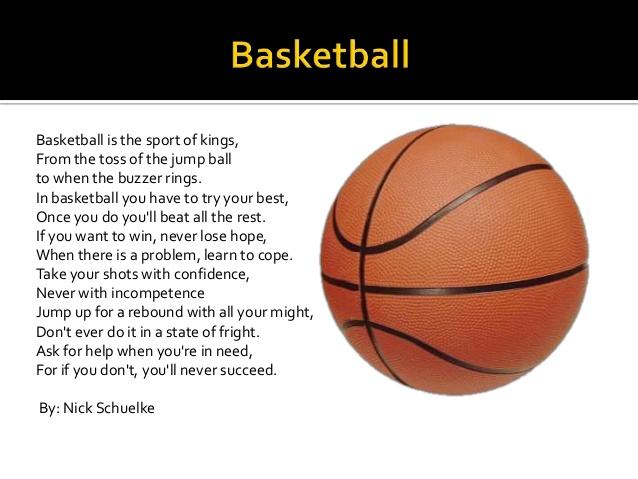
- The side that makes the most goals in that time is the winner.
- The judge decides all calls.
How Long Has The NBA Been Around?
The NBA was founded in New York City although was not called the NBA at the time. In 1946 The B.A.A. is known as the Basketball Association Of America. In 1949 the league merged with it’s rival Nationa Basketball League, then being named the National Basketball Association otherwise known as the NBA.
At the height of its popularity in the 1960s, the NBA saw a competitor come into the limelight and a new league was born called the ABA. The America Basketball Asociation looked promising at the time they had a number of high flyers that played above the rim, one player that is a universal name even today is Julius Erving. He was the face of the ABA league.
After almost 10 years the ABA merged with the NBA and brought over 4 of their most successful franchises that could clearly afford to compete with the big leagues and salary cap.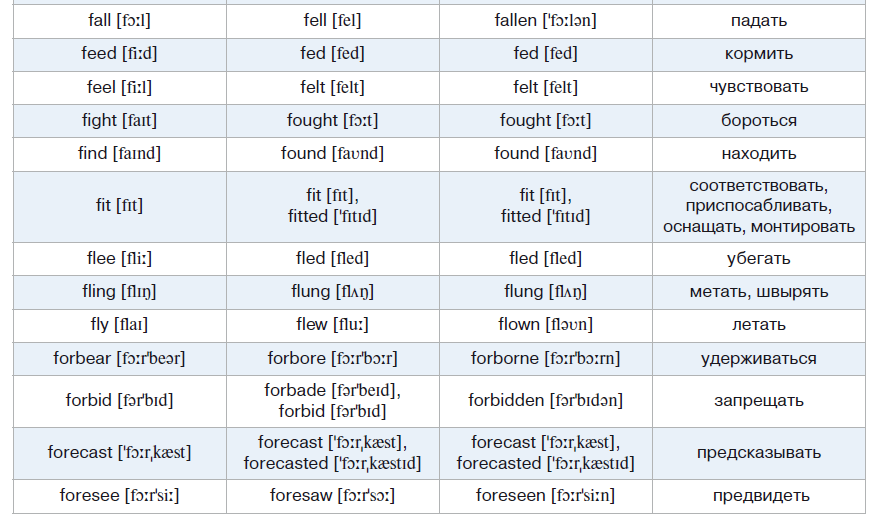 These teams consisted of the New York Nets, Denver Nuggets, Indiana Pacers, and San Antonio Spurs.
These teams consisted of the New York Nets, Denver Nuggets, Indiana Pacers, and San Antonio Spurs.
How Long has College Basketball Been Around?
The first college basketball game team was founded in 1893 by the Vanderbilt University. Vanderbilt didn’t actually play another college team, but a game was scheduled against the locals of the YMCA.
It wasn’t until 1895 when Hamline University faced Minnesota A & M, Minnesota won the game 9 to 3 with 9 players on each side.
First International Game
1919 was the first international game of basketball, between 3 countries the USA, Italy, and France. The USA played Italy and won. Then Italy played France and won, immediately I thought they must have traveled by boat as flying wasn’t common for the average person during that year.
How Long Has Fiba Been Around?
What is FIBA?
Fiba is an organization that is in charge of international play and governs the authority of countries to compete against each other. They are responsible for putting on the Fiba World Cup of Basketball and other tournaments. Fiba has its own set of rules that govern most basketball leagues around the world in different countries.
They are responsible for putting on the Fiba World Cup of Basketball and other tournaments. Fiba has its own set of rules that govern most basketball leagues around the world in different countries.
F.I.B.A. ~ Federation International Basketball Association
To put in simple terms to understand FIBA and who they are, think of what FIFA is to Soccer. FIBA is the FIFA of Basketball. FIBA was formed in 1932, shortly after in 1936 basketball was recognized as an Olympic sport. Credit goes to the board of directors for the work they put into making basketball an Olympic sport in such a short time.
How Long Has Professional Basketball Been Around?
The first professional basketball league started in 1898 called the NBL which stood for National Basketball League.
It consisted of 6 teams:
Three of those teams were in Philadelphia Called the Clover Wheelmen, Germantown Nationals, and Hancock Athletic Association.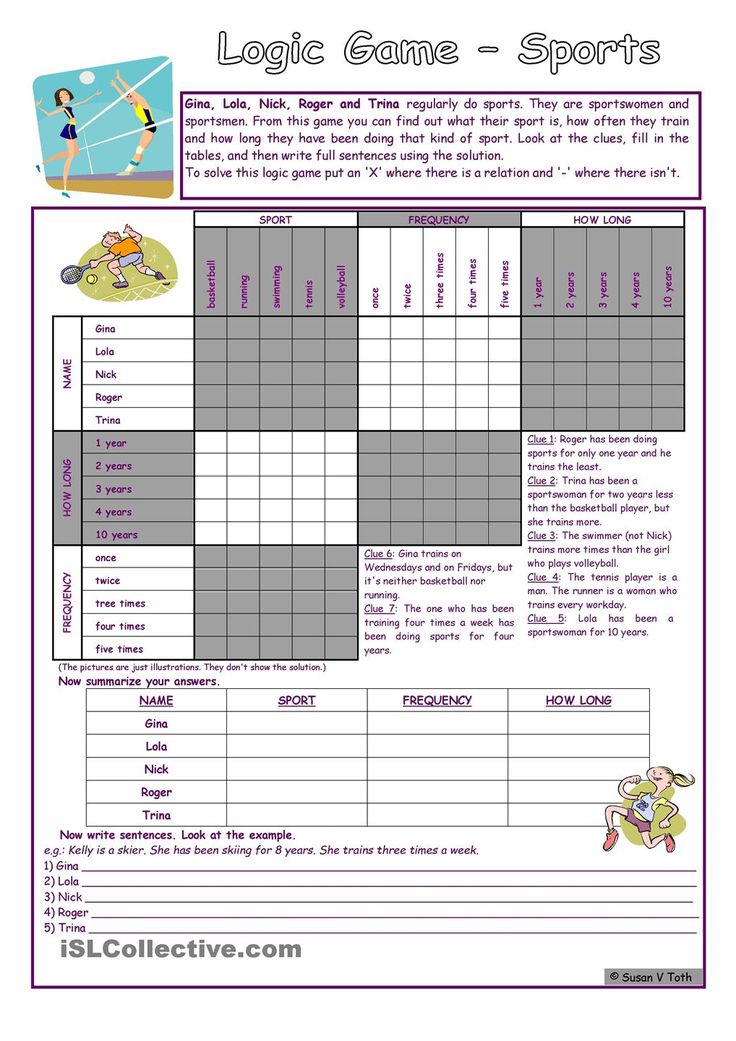 While the other three teams consisted of teams in New Jersey Called Millville Glass Blowers, Camden Electrics, and Trenton Nationals.
While the other three teams consisted of teams in New Jersey Called Millville Glass Blowers, Camden Electrics, and Trenton Nationals.
The league lasted until 1904 before folding due to investors backing out and legal issues.
How Long Have Women Been Playing Basketball For?
Some may be surprised that shortly after the game was invented in 1982 women played basketball just like the men did in the era. To put it simple women did not have a lot of rights and were not allowed to vote, it just goes to show that sports in general back then was for everyone.
Who Was The First Women Basketball Player?
Lusia Harris became the first Women’s professional basketball player ni 1977 when she was drafted by the New Orleans Jazz. While playing at the Delta State University where she held the record at the time of 55 points in a single game, Lusia who played center didn’t even know she would be drafted.
Lusia thought it was a joke and although she was 6’3 she was undersized as she played the center position and couldn’t shoot very well. She also was pregnant when she heard the news and had no intention of playing. Some thought it was a joke and publicity stunt, but regardless everyone knew she could play.
She also was pregnant when she heard the news and had no intention of playing. Some thought it was a joke and publicity stunt, but regardless everyone knew she could play.
How Long Ago Did Women Start Playing Professional Basketball?
The WBL is known as the Women’s Basketball League was founded in 1978 that consisted of 8 teams which included Chicago, Iowa Houston, Milwaukee, New York City, New, Minneapolis Jersey, and Washington D.C.whic set out to play a 34 game season. Unfortunately, the league folded in 1981.
How Long Has The WNBA been Around?
The WNBA know as the Women’s National Basketball Association, emerged in 1996 with 8 teams:
- Charlotte Sting,
- Cleveland Rockers
- Houston Comets
- New York Liberty
- Los Angeles Sparks
- Phoenix Mercury
- Sacramento Monarchs
- Utah Starzz
Some household names at the time were Lisa Lesley, Cynthia Cooper, and Cheryl Swoops.
The WNBA has been facing some problems in attendance and viewers, that had to be addressed as the WNBA players association were expressing concern about their pay.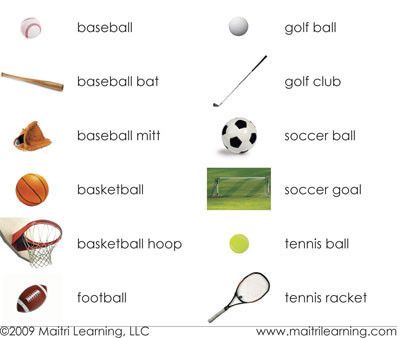 The average WNBA player is paid $50,000 ayear thats not bad to play basketball in my opinion. But I am a bad example as I would probably play for free and starve if I could.
The average WNBA player is paid $50,000 ayear thats not bad to play basketball in my opinion. But I am a bad example as I would probably play for free and starve if I could.
Commissioner Adam silver had to address the issue with contracts and stated the WNBA is losing millions of dollars each year. Silver is really saying they are lucky to have jobs.
This concludes this article it is amazing to see that basketball has come a long way and still I feel it is only going to get better, I am excited about the future of the sport. Hope you enjoyed this article, please check out my other articles down below.
Related Articles:
- What Did James Naismith Invent? Which Sport
- What Ball Does The NBA Use?
- How Many Players On A Basketball Team?
FSK - Baski - Basketball history
1. A bit of the history of world wheelchair basketball
The first attempts to play basketball sitting in wheelchairs were made immediately after the 2nd World War in the USA and England. He appeared in hospitals where former soldiers with spinal injuries were treated, as an integral part of treatment and rehabilitation. Soon, wheelchair basketball moves beyond hospitals to university and even professional NBA teams.
He appeared in hospitals where former soldiers with spinal injuries were treated, as an integral part of treatment and rehabilitation. Soon, wheelchair basketball moves beyond hospitals to university and even professional NBA teams.
In 1960 wheelchair basketball was included in the program of the 1st Paralympic Games in Rome. Women's teams have been participating in the Paralympic Games since 1972.
Now wheelchair basketball is played in more than eighty countries around the world. The number of only officially registered players is more than 25 thousand.
World wheelchair basketball is divided into Zones. The strongest club teams of the European Zone meet annually in EuroCups. Men's and women's national teams compete in the European Championships, the World Championships and the Paralympic Games. In recent years, European Championships among juniors have been held.
2. History of the Baski Sports Club for the Disabled
Wheelchair basketball appeared in our country in the early 1990s.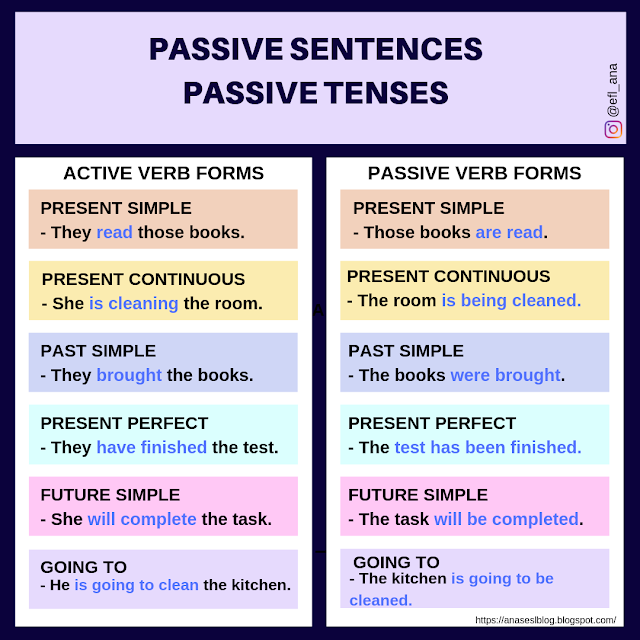 in Moscow, Leningrad, Tyumen, Kaunas, Yerevan, Kharkov (then we still lived in the Soviet Union).
in Moscow, Leningrad, Tyumen, Kaunas, Yerevan, Kharkov (then we still lived in the Soviet Union).
Novel about solar patronage
1991. The month of May. Fresh greens. Warm. The spring sun, which is gaining strength, looks with surprise and affectionately at the Lenmetrostroy open basketball court warming up after hibernation. The attention of the celestial body was attracted by a spectacle quite unusual for the local meridian. No, this, of course, was not news to him, this had been seen in Western Europe and America, in Southeast Asia and Australia - for a long time already people in wheelchairs rushed around the court with passion, throwing an orange ball into the ring.
In the vast expanses of Russia until recently, it seemed that people in wheelchairs did not exist at all. And then… several people at once, and all with the same ball of their native orange-sunny color…
- They are doing a good deed, we should support them, - the luminary decided and began to give out her hot rays to these people with special love.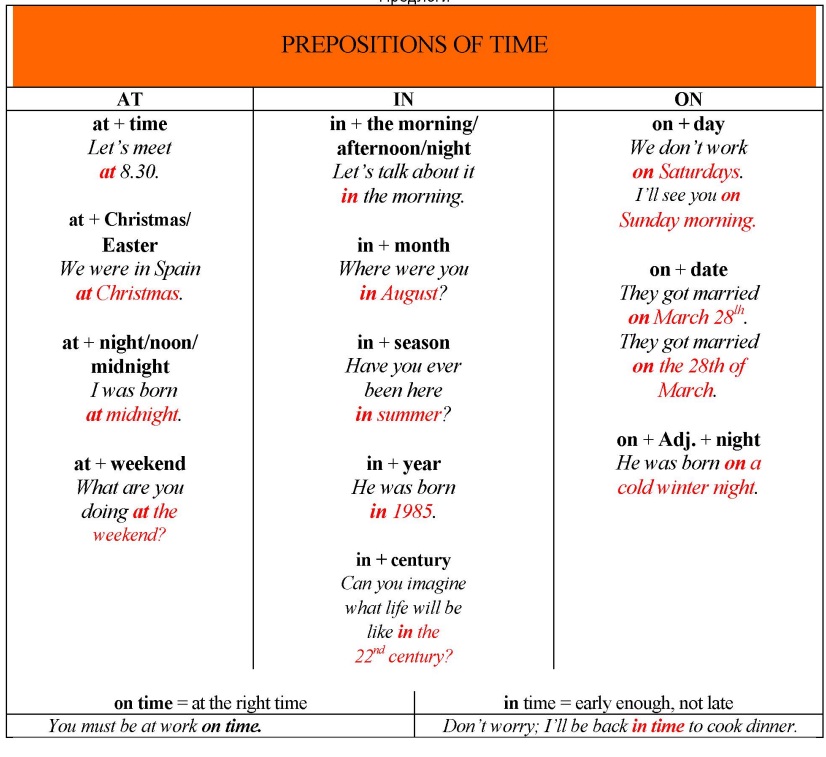 Thanks to him, even the clouds that sometimes burst into the sky irrigated the earth with warm trickles of rain, without causing any particular trouble to the newly-minted basketball players. And with each passing week, they threw the ball into the ring more and more confidently, moving faster and faster around the court. By the end of the summer, their number had already doubled, they were noticeably stronger, tanned ...
Thanks to him, even the clouds that sometimes burst into the sky irrigated the earth with warm trickles of rain, without causing any particular trouble to the newly-minted basketball players. And with each passing week, they threw the ball into the ring more and more confidently, moving faster and faster around the court. By the end of the summer, their number had already doubled, they were noticeably stronger, tanned ...
- Lyosha, put up a barrier! And you, San, hold the ball, do not rush to attack, let Volodya take a comfortable position for the throw! Pass! Give it a pass! Into the ring! Well done!... Honored Coach of the Russian Federation Anatoly Tsedrik taught the basics of basketball to young guys who energetically spin the wheels of their wheelchairs. Only one of them - the eldest, Vladimir Dyachkov, who brought together this group, once before the injury, played basketball well. The rest started from scratch.
Started from scratch in warm summer 91st and Self Wheelchair Basketball in our city. Three or four balls, a coach and a few spinners on the open-air court in sedentary indoor wheelchairs. (Only later did they learn that those who walk with crutches or even a stick can also practice this sport).
Three or four balls, a coach and a few spinners on the open-air court in sedentary indoor wheelchairs. (Only later did they learn that those who walk with crutches or even a stick can also practice this sport).
Heard that there are special basketball chairs and dreamed of such. And they also heard that there, “over the hill” they have been practicing such basketball for more than four decades - immediately after the 2nd World War they began to master it, far-sightedly evaluating it as an excellent way of comprehensive - both physical and moral and psychological rehabilitation of young people, disabled during the fighting. And already in the distant 50s, the first international wheelchair basketball tournaments began to be organized there.
Patronage in Swedish
By the winter, unusual St. Petersburg basketball players managed to settle down under the roof - in the Volna gym. At the same time, the rumor about the newly-minted team in some incomprehensible way reached the small Swedish town of Luleå. There has long been a basketball team of wheelchair users who wanted to get to know their Russian counterparts. By the spring of 1992, a large beautiful bus with Swedish numbers and a special lift for loading people in wheelchairs appeared in our city.
There has long been a basketball team of wheelchair users who wanted to get to know their Russian counterparts. By the spring of 1992, a large beautiful bus with Swedish numbers and a special lift for loading people in wheelchairs appeared in our city.
For a week, the Swedes fed and watered us at their own expense, taught us how to use a wheelchair and a ball, and in parting, they also presented a dozen almost brand new maneuverable wheelchairs. Everything went just like in a fairy tale…
Diverse patronage in Russian style
Inspired by what they saw and received, St. Petersburg wheelchair basketball players began to train with even greater desire and perseverance. At the 1st Russian Championship, held in 1993 in Moscow, our Baski team ( Bass ketball K lub And invalids) took second place, losing only to the owners of the site. The preparation of the Moscow team by that time was undoubtedly higher than others and already corresponded to somewhere in the middle European level. And this is no coincidence. Unlike all other Russian teams, Muscovites have had reliable bosses since the day they were founded - the Russian Commodity and Raw Materials Exchange. Thanks to the substantial and, not least, systematic financial support of the RTSB, Moscow wheelchair basketball players practiced almost daily in a comfortable gym on modern Western European wheelchairs. Having a good salary, their coach was completely devoted to preparing the team, not being distracted by everyday worries about how to feed his family. Even the players themselves received monthly stipends to encourage their athletic training and compensate for the inevitable personal expenses associated with coming to training. All this was a solid platform for the young team to quickly and firmly “get on its feet”.
And this is no coincidence. Unlike all other Russian teams, Muscovites have had reliable bosses since the day they were founded - the Russian Commodity and Raw Materials Exchange. Thanks to the substantial and, not least, systematic financial support of the RTSB, Moscow wheelchair basketball players practiced almost daily in a comfortable gym on modern Western European wheelchairs. Having a good salary, their coach was completely devoted to preparing the team, not being distracted by everyday worries about how to feed his family. Even the players themselves received monthly stipends to encourage their athletic training and compensate for the inevitable personal expenses associated with coming to training. All this was a solid platform for the young team to quickly and firmly “get on its feet”.
Baski team from St. Petersburg found themselves in different conditions. There was no permanent rich philanthropist for her. With the help of the Committee for Social Protection and the well-known company in the city "T. A.K.T." our sportsmen managed to buy good basketball chairs from Germany. Unfortunately, this practical help "from above" in those days was limited. Under what conditions do they work? what do they need? how do they train?... Oddly enough, even the then invalid sports federation didn't seem to care at all.
A.K.T." our sportsmen managed to buy good basketball chairs from Germany. Unfortunately, this practical help "from above" in those days was limited. Under what conditions do they work? what do they need? how do they train?... Oddly enough, even the then invalid sports federation didn't seem to care at all.
Nevertheless, the team survived, successfully competed with rivals, new people came to it, sometimes they even managed to go to international tournaments.
Since the autumn of 1993, the Baski club has taken up the training of the women's and the second men's teams, which the Military Institute of Physical Culture sheltered in its gym. After a couple of years of persistent training, the second men's team began to beat their predecessors, renamed IKAR. And the Baski women, having no rivals in other Russian cities, played with dignity in men's tournaments and by 1999 had four victories over men's teams in official competitions.
In 1999, for the first time in the history of Russian wheelchair basketball, the women's team represented the national team of the country at the European Championship in the Netherlands, having won the rating of the fourth European team for Russia.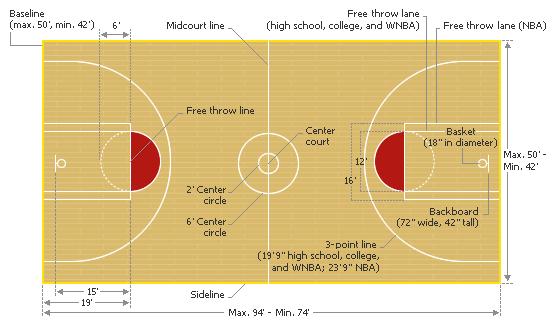
Unfortunately, after the girls returned to their homeland, they found out that the leadership of the Russian foreign sports forbade them to play in men's tournaments (women's teams in our country did not appear anywhere else). In addition, the Baski club was denied further use of the VIFK gym. For a year and a half, the club could not organize regular training sessions, “running” from one hall to another.
These were very difficult times for FGC Baski. The first and only women's team in Russia, in the preparation of which huge efforts were invested, ceased to exist, and all the strongest players in the men's team - by that time multiple vice-champions of the country - went "under the roof" of the St. Petersburg city organization of the VOI and began to be called "Nevsky alliance."
Having achieved (through a hunger strike and pickets) by the summer of 2001 the right to work out in the gym of the Center for Vocational Rehabilitation of the Disabled on Vasilyevsky Island, FGC "Baski" began to prepare a virtually new - 3rd men's team, working with young guys, most of whom did not have then concepts about basketball.![]()
Two years of hard, meticulous work, and the beginners began to play. Already in May 2003, in the most intense rivalry with the experienced team "Chance" from Tyumen, "Baski" received bronze medals of the 10th Russian Championship. In the autumn of the same year, for the first time, they beat their former teammates from the Nevsky Alliance and Muscovites, invincible until then, and become the owners of the 1st VOI Cup. In 2004, the young Baski team for the first time took the championship title from Moscow, winning all the matches of the 11th Russian wheelchair basketball championship.
The following year, Nevsky Alliance becomes the champion of the country. The center of Russian wheelchair basketball is confidently moving from Moscow to St. Petersburg. Now six players of the Russian national team and two candidates for it live and train in our city. St. Petersburg wheelchair basketball players have been representing our country in EuroCups for many years, traveling to compete in Italy, Poland, Turkey, the Czech Republic, England, Germany and other countries.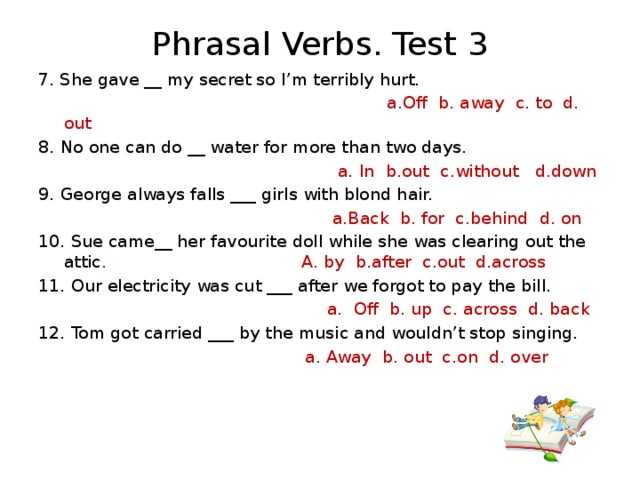 And even if they do not break their laurels yet, but the precious experience of fighting with the strongest European teams is being acquired and there is every reason to hope that the times when St. Petersburg will seriously declare itself in European and world wheelchair basketball are not far off!
And even if they do not break their laurels yet, but the precious experience of fighting with the strongest European teams is being acquired and there is every reason to hope that the times when St. Petersburg will seriously declare itself in European and world wheelchair basketball are not far off!
Postscript
Baski Physical Culture and Sports Club for the Disabled is a legal entity. Officially registered by the Department of Justice of St. Petersburg on June 16, 1993. The club was re-registered on June 24, 1996.
For fifteen years, more than a hundred people have gone through the school of wheelchair and basketball possession, who for one reason or another have lost the opportunity to “walk like everyone else”. The club was engaged in wheelchair basketball as young "Afghans" and "Chechens", as well as those who received spinal injuries at work and at home, both those who lost their legs as a result of frostbite, and in a car accident. Both disabled since childhood and former students gained life experience here. Builders, drivers, sailors, pilots, entrepreneurs and even a church minister. The orange basketball helped to maintain the spirit and strengthen the independence of both the small, pretty Yulia Sidortsova, who had never known the joy of sports victories, and the real giant (height 2 meters 38 cm), the former master of big basketball, player of the national team forty-year-old Alexander Sizonenko.
Both disabled since childhood and former students gained life experience here. Builders, drivers, sailors, pilots, entrepreneurs and even a church minister. The orange basketball helped to maintain the spirit and strengthen the independence of both the small, pretty Yulia Sidortsova, who had never known the joy of sports victories, and the real giant (height 2 meters 38 cm), the former master of big basketball, player of the national team forty-year-old Alexander Sizonenko.
There is such a club in St. Petersburg - Baski !
Basketball: history, rules, inventory, playground
Basketball (from English basket - basket, ball - ball) is an Olympic sport, a sports team game with a ball, the goal of which is to throw the ball into the opponent's basket more times than the opposing team does at the set time. Each team consists of 5 field players.
Contents
- The history of the emergence and development of basketball
- Basketball rules (briefly)
- Basketball field
- Basketball
- Basketball hoop and backboard dimensions
- Refereeing in basketball
- Basketball Federation
The history of the emergence and development of basketball
In 1891, in the United States of America, a young teacher, a native of Canada, Dr. James Naismith, trying to "revive" gymnastics lessons, attached two fruit baskets to the railing of the balcony and suggested throwing soccer balls into it. The resulting game only remotely resembled modern basketball. There was no question of any management, the players threw the ball to each other and then tried to throw it into the basket. The team that scored the most goals won.
James Naismith, trying to "revive" gymnastics lessons, attached two fruit baskets to the railing of the balcony and suggested throwing soccer balls into it. The resulting game only remotely resembled modern basketball. There was no question of any management, the players threw the ball to each other and then tried to throw it into the basket. The team that scored the most goals won.
A year later, Naismith developed the first rules of basketball. The very first matches under these rules caused their first changes.
Gradually, basketball from the United States penetrated first to the East - Japan, China, the Philippines, and then to Europe and South America. After 10 years at the Olympic Games in St. Louis, the Americans organized a demonstration tour between the teams of several cities. The Basketball Association of America (BAA) was formed in 1946. The first match under her auspices took place on November 1 of the same year in Toronto between the Toronto Huskies and New York Knickerbockers. At 19In 1949, the association merged with the US National Basketball League to form the National Basketball Association (NBA). In 1967, the American Basketball Association was created, which for a long time tried to compete with the NBA, but merged with it 9 years later. Today, the NBA is one of the most influential and well-known professional basketball leagues in the world.
At 19In 1949, the association merged with the US National Basketball League to form the National Basketball Association (NBA). In 1967, the American Basketball Association was created, which for a long time tried to compete with the NBA, but merged with it 9 years later. Today, the NBA is one of the most influential and well-known professional basketball leagues in the world.
The International Amateur Basketball Federation was founded in 1932. The federation includes 8 countries: Argentina, Greece, Italy, Latvia, Portugal, Romania. Sweden, Czechoslovakia. Based on the name, it was assumed that the organization would only lead amateur basketball, however, at 1989, professional basketball players received admission to international competitions, and the word "amateur" was removed from the name.
The very first international match took place in 1904, and in 1936 basketball entered the program of the Summer Olympic Games.
Basketball rules (briefly)
The rules of the game of basketball changed several times until 2004, when the final version of the rules took shape, which is considered relevant to this day.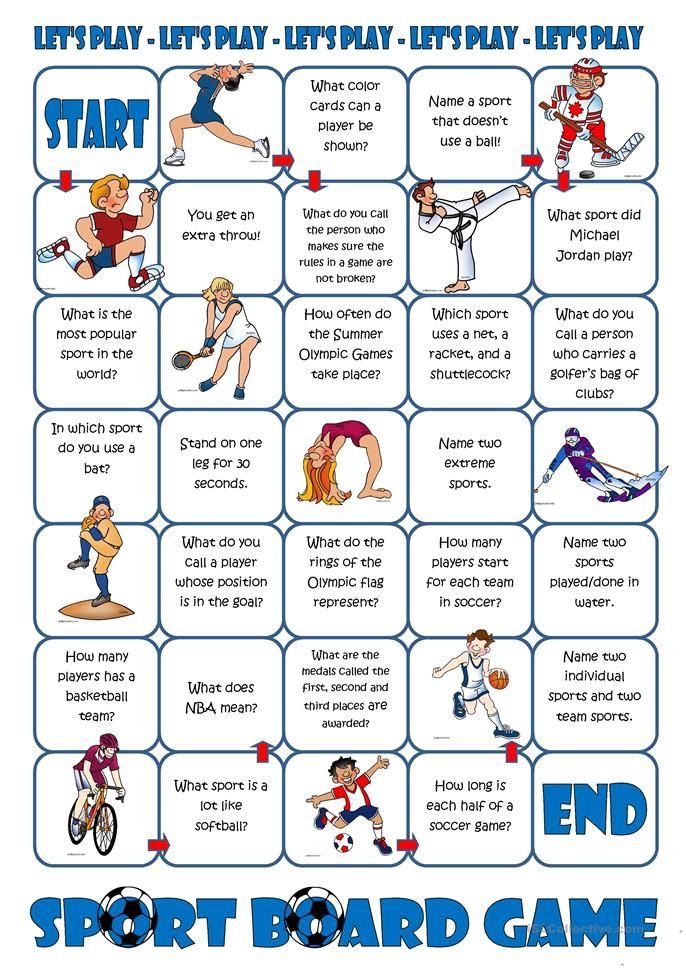
- Basketball is played by two teams. Usually a team consists of 12 people, 5 of which are field players, and the rest are considered substitutes.
- Basketball dribbling . Athletes in possession of the ball must move around the field, hitting the floor with it. Otherwise, "carrying the ball" will be counted, and this is a violation of the rules in basketball. Accidentally touching the ball with a body part other than the hand is not considered a foul, unlike purposeful play with the foot or fist.
- A basketball game consists of 4 periods or halves, but the time of each half (play time) varies depending on the basketball association. So, for example, in NBA a match consists of 4 halves of 12 minutes each, and in FIBA each such half lasts 10 minutes.
- Short breaks are provided between periods, and between the second and third periods, the break time is increased.
- The ball thrown into the basket can bring a different number of points to its team.
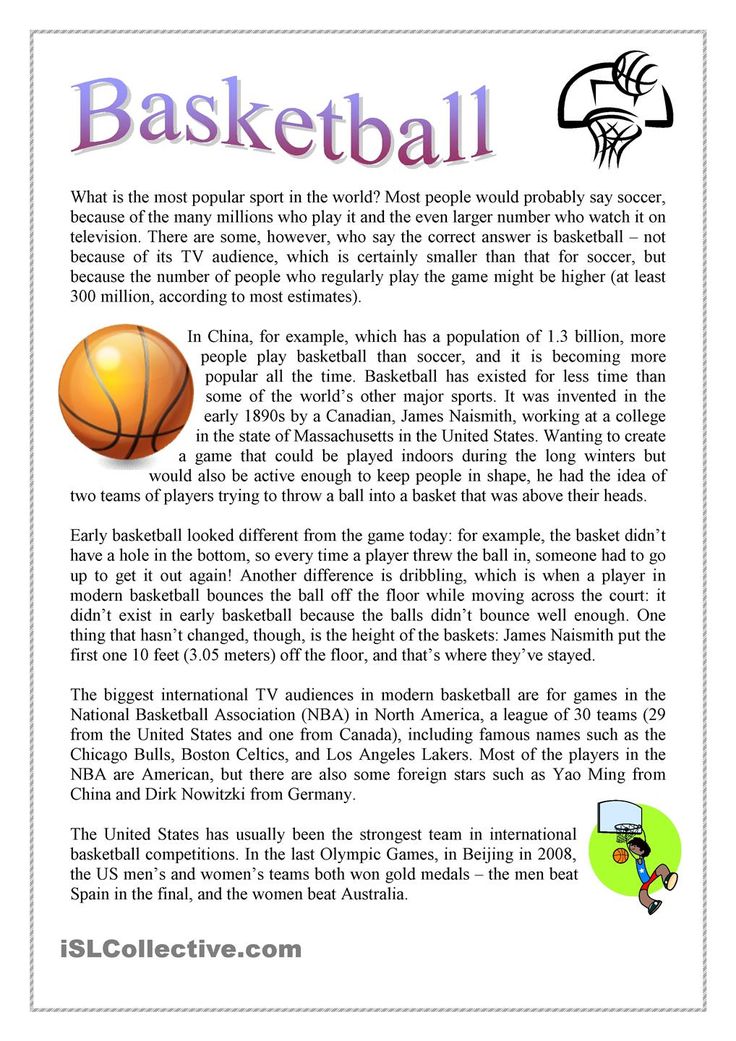 If the ball is scored during the free throw, the team earns 1 point. If the ball is thrown from an average or close distance (closer than the 3-point line), then the team is given 2 points. A team earns three points if the ball is scored from behind the three-point line.
If the ball is scored during the free throw, the team earns 1 point. If the ball is thrown from an average or close distance (closer than the 3-point line), then the team is given 2 points. A team earns three points if the ball is scored from behind the three-point line. - If in regular time both teams scored the same number of points, then a 5-minute overtime is assigned, if it ended in a draw, then the next one is assigned and so on until the winner is determined.
- 3 Second Rule - A rule that prohibits any player from the attacking team from being in the free throw area for more than three seconds.
- Basketball Two Step Rule . The player is only allowed to take two steps with the ball, after which he must either shoot or pass.
Basketball field
The playing field for basketball has a rectangular shape and a hard surface. The surface of the site must not have any bends, cracks or any other deformations. The size of the basketball court must be 28 meters long and 15 meters wide (standard). The height of the ceiling must be at least 7 meters, and on professional sites, ceilings are raised to a height of 12 meters and above. The lighting on the field must be designed so as not to interfere with the movement of the players and must evenly cover the entire court.
The size of the basketball court must be 28 meters long and 15 meters wide (standard). The height of the ceiling must be at least 7 meters, and on professional sites, ceilings are raised to a height of 12 meters and above. The lighting on the field must be designed so as not to interfere with the movement of the players and must evenly cover the entire court.
Until the end of the 60s, tournaments could be organized outdoors. However, now basketball games are played only in closed areas.
Site marking
- limit lines. Pass along the entire perimeter of the site (2 short front lines and 2 long side lines).
- Central line. It is drawn from one side line to another and at the same time it is parallel to the front lines.
- The central zone is a circle (radius 1.80 m) and is located exactly in the center of the basketball field.
- Three-point lines are semi-circles with a radius of 6.75 m, drawn to the intersection with parallel (front) lines.

- Free throw lines. The free-throw line is drawn 3.60 m long parallel to each end line so that its far edge is located at a distance of 5.80 meters from the inside edge of the end line, and its middle is on an imaginary line connecting the midpoints of both end lines.
Basketball
The basketball is spherical, painted an approved shade of orange, and has a pattern of eight inlays and black stitching.
| Basketball size | Circumference, mm | Weight, g |
| Size 7 | 750-780 | 567-650 |
| Size 6 | 720-740 | 500-540 |
| Size 5 | 690-710 | 470-500 |
| Size 3 | 560-580 | 300-330 |
Basketball hoop and backboard dimensions
The height of the basketball hoop from the floor level is 3. 05 meters (standard). The diameter of the basketball hoop ranges from 45 cm to 45.7 cm. The ring itself must be painted bright orange. A special net with a length of 40-45 cm is attached to the ring. The basketball hoop is located at a distance of 15 cm from the backboard.
05 meters (standard). The diameter of the basketball hoop ranges from 45 cm to 45.7 cm. The ring itself must be painted bright orange. A special net with a length of 40-45 cm is attached to the ring. The basketball hoop is located at a distance of 15 cm from the backboard.
The shield to which the ring is attached also has a number of important parameters. Basketball backboard size: width - 1.8 m, height - 1.05 m. Modern basketball backboards are made of tempered glass.
Refereeing in basketball
At the basketball game there are:
- senior judge and judge;
- timekeeper;
- secretary;
- assistant secretary;
- operator 30 seconds.
Judge uniform:
- gray shirt;
- long black trousers;
- black basketball shoes.
Basketball Federation
- International Basketball Federation (FR. Fédération Internationale de Basketball, FIBA).
